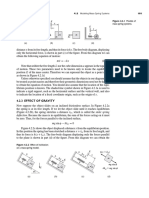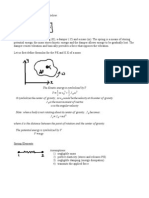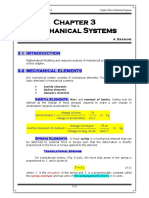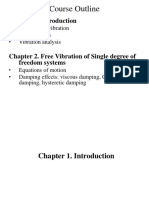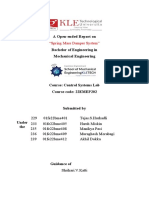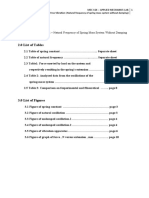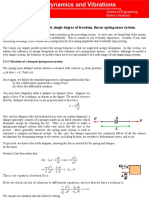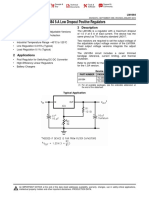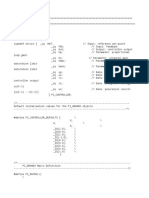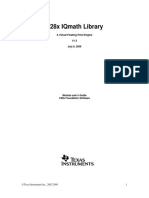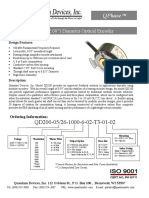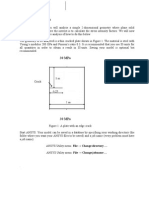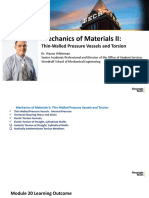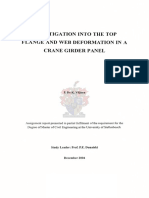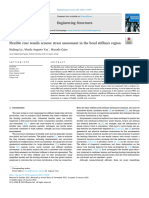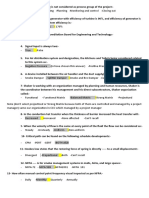0% found this document useful (0 votes)
108 views37 pagesLecture4 2017
This document discusses spring and damping elements. It defines springs as mechanical elements that generate elastic forces proportional to deformation. The stiffness of different spring types like helical and leaf springs is defined. Springs can be connected in series or parallel. Damping elements like shock absorbers generate forces proportional to velocity to dissipate energy. The damping coefficient of different dampers is defined. Finally, the equation of motion for a spring-mass-damper system is given.
Uploaded by
Tesfaye Utopia UtopiaCopyright
© © All Rights Reserved
We take content rights seriously. If you suspect this is your content, claim it here.
Available Formats
Download as PDF, TXT or read online on Scribd
0% found this document useful (0 votes)
108 views37 pagesLecture4 2017
This document discusses spring and damping elements. It defines springs as mechanical elements that generate elastic forces proportional to deformation. The stiffness of different spring types like helical and leaf springs is defined. Springs can be connected in series or parallel. Damping elements like shock absorbers generate forces proportional to velocity to dissipate energy. The damping coefficient of different dampers is defined. Finally, the equation of motion for a spring-mass-damper system is given.
Uploaded by
Tesfaye Utopia UtopiaCopyright
© © All Rights Reserved
We take content rights seriously. If you suspect this is your content, claim it here.
Available Formats
Download as PDF, TXT or read online on Scribd
/ 37

